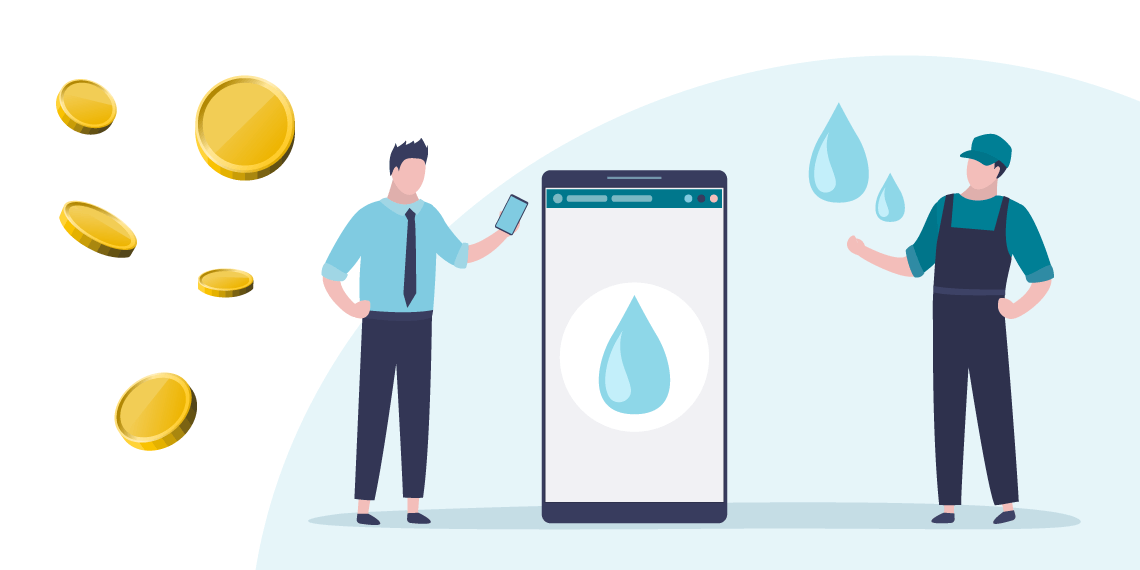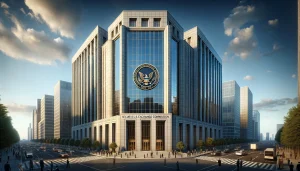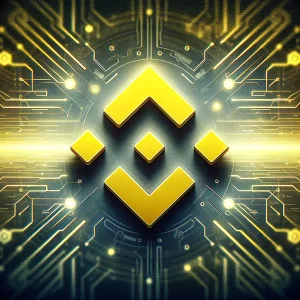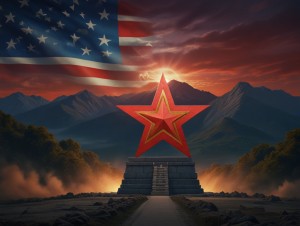The four basic needs of every human being are food, water, clothing, and shelter. These needs are essential to support human life globally; hence, the demand for these commodities is year-round. However, of these categories, water seems to be the least regulated. This lack of discretion and nonchalance towards securing an essential resource for life and livelihood is one of the causes of drinking water scarcity in many places worldwide.
Water needs to meet certain standards to become safe for drinking. Clean drinking water should be –
- Colorless and odorless
- Transparent
- Free from impurities such as suspended solids
- Should contain healthy minerals and salts
- Free from harmful microorganisms
Only 3% of the total body of water in the world is freshwater, and two-thirds of it is stuck in frozen glaciers and other inaccessible sources. Over two-thirds of the world’s population endure periods of water scarcity for at least one month every year. These situations make the essence of a reliable system for securing and delivering this essential good globally even more apparent.
However, unlike other essential human needs, there is no regulated system for securing and delivering genuinely clean drinking water. In fact, the value of drinking water is arbitrary in many places, contingent on local forces that affect demand and supply. These fragmented water supply systems are inefficient, with some regions getting excess supply while others have to contend with periods of scarcity.
This brings us to our main topic – tokenizing global water markets.
Global Water Markets
So far, it has been impossible to tag an intrinsic value to water, and the arbitrariness contributes to unequal supply and accessibility of clean drinking water in different regions. Water in different places is worth how much people are willing to pay, and in places where the supply is low, the price can quickly go through the roof. This problem is not peculiar to developing countries, with Texas also experiencing a severe drinking water scarcity as recently as the winter months of 2021.
The lack of standardization is not the only distinction between water and the rest of the basic human needs. Water is considered a natural resource, while the others are not. It is difficult to challenge the need for a global water system once we establish the fact that water supply is finite and operates within a regenerative cycle globally.
A revolutionary idea such as a global water market has the potential to resolve the discrepancy in drinking water supply globally.
Digitized Global Water Systems
Local water supply systems operate on the water resources in the region, and some of them already implement digital systems. Water digitalization is the integration of technological innovations such as cloud computing, e-commerce, IoT, Artificial Intelligence (AI), Machine Learning (ML), blockchain, and decentralized ledger technology (DLT), etc., into different facets of water collection, storage, and distribution.
The primary motivation for digitalization is usually economic – reducing operational costs, optimizing resources, and maximizing allocation. However, siloed systems are rarely effective, especially in water ecosystems, since these systems are connected globally.
The effectiveness of a global ecosystem depends on several intermediaries and access to these resources and data. Even these systems are susceptible to inefficiencies, corruption, bureaucracy, human errors, and tampering.
The decentralization principles, security, and transparency offered by the Water150 project offer enormous potential for every participant (well owners, consumers, investors, and other stakeholders) in a global water ecosystem.
Water150 and Tokenization in Global Water Systems
Blockchain technology has influenced whole industries, and its application extends into the global water supply system. A novel solution like Water150 has significant potential to resolve the global drinking water crisis.
Water150 provides the conditions required to maintain an efficient global water system. They include –
- Rules, norms, and standards relating to the processes and quality of the water
- Transparency and traceability mechanisms
- Smart contracts that govern interactions between ecosystem participants
Proposing to tokenize water may raise ethical questions, such as the high knowledge barrier that remains an exclusion criterion to participating in blockchain-based ecosystems. Another issue may be the availability of this innovation in regions where crypto activities are legally restricted.
However, many resources that appear freely in nature are tokenized (e.g., gold, silver, diamond, and other precious metals). Their prices are also skewed by free market forces, which the Water150 project aims to prevent.
There is also the argument that water is an essential natural resource. However, private markets already exist around water supply and suffer from efficiencies and unregulated prices set by the suppliers.
Benefits of Tokenization
The Water150 project’s mission to tokenize water supply means that water finally gets an intrinsic value that applies throughout the ecosystem. It also ensures the value is insulated from the violent price swings and oscillations caused by the forces of a completely capitalist market.
A blockchain-based global standard for securing and delivering water will neutralize the threat of a central control system for water. At the same time, it will prevent hoarding water resources and driving up prices because every liter of available water resource will be accounted for on the blockchain.
The project aims to secure 5.8 billion liters of water flow from the onset and gradually add more to the ecosystem to meet the demands of the growing ecosystem without causing water or token scarcity. However, this is contingent on first achieving 1:1 water to token coverage.
By this calculation, every W150 token sold during the presale period could experience exponential growth within the first year alone, while the price of the ecosystem regulates to reach 1:1 coverage.
Another benefit to participating in the ecosystem is the yearly drop token. The drop token (airdropped to token holders on a 1:1 basis for W150 token held) represents an ROI that unlocks the right to tap water for the new calendar year. Users can exchange excess tokens with other ecosystem participants for fiat or crypto payments.
Finally, while the intrinsic value of water will remain constant once 1:1 coverage is achieved, token holders can trade their excess tokens and exchange them for fiat or other cryptocurrencies.





